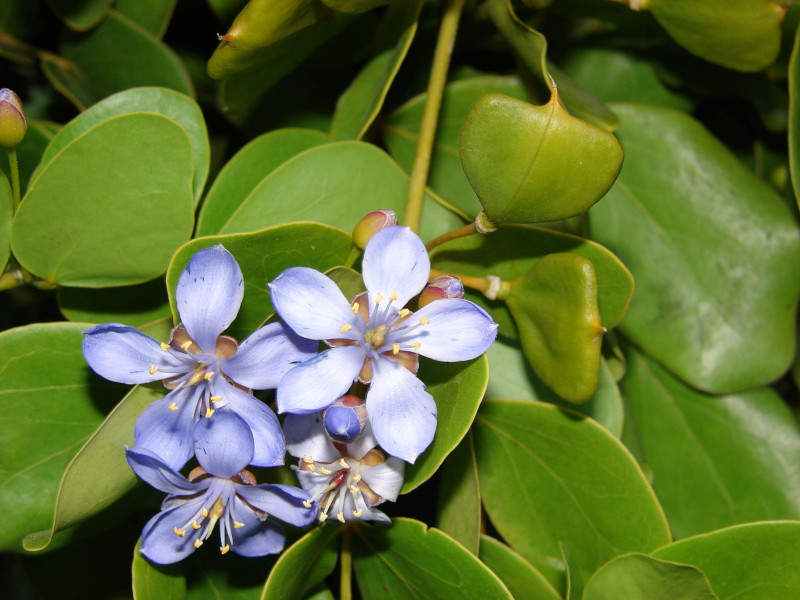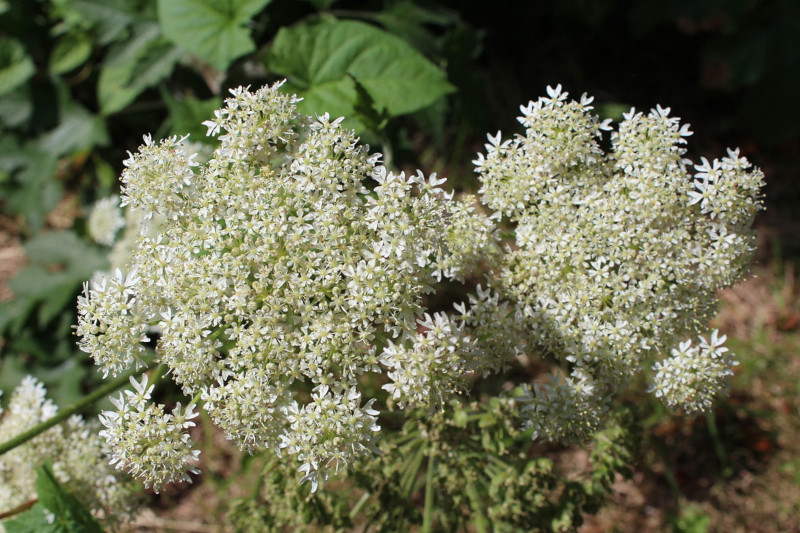Holywood Facts
- First of all, the attention-grabbing term Holywood serves as the common name for a particularly lovely species of flowering plant. In addition, the remarkable species also goes by another, though significantly less popular name. That’s due to the fact that it’s also called the comparatively difficult to pronounce scientific name of Guaiacum sanctum.
- It also goes by yet another alternate common name. That’s because some people call it the holywood lignum-vitae. By either name, however, the delicate beauty represents a variety of plant in what’s known as the creosote bush family. Much like the other members of this fascinating group, it qualifies as what botanists classify as a flowering plant.
- Quite sadly, however, the gorgeous Holywood currently appears to be in danger of disappearing forever. Therefore, the IUCN presently lists it as Endangered on its Red List of Threatened Species. This unfortunate situation exists because it faces several threats to its continued existence. Although other perils threaten the marvelous species, the dual threat of habitat loss and climate change form its two greatest threats.
Related Articles
Holywood Physical Description
The truly fabulous species man calls Holywood represents a perennial flora that evolved a highly useful trait. That holds true because the plant grows as either a shrub or a moderately large tree. However, the marvel of Nature most commonly appears as a tree, unless environmental conditions are poor.
In either form, though, the wonderful plant grows comparatively slowly. Nevertheless, the Angiosperm eventually, attains a height measuring as much as 30 ft ( 9.1 m). The trunk also develops relatively thin for a species of this height. Extraordinarily, the wood has a unique greenish brown color to it.
Furthermore, the leaves grow in pairs, and evolved a fascinating ability. These will actually fold together during the hottest part of the day. In addition, the flowers of the Holywood most typically appear a light blue in color. Finally, the seeds develop contained within a red pod and appear small and black in nature.
- Kingdom: Plantae
- Phylum: Tracheophytes
- Class: Angiosperms
- Order: Eudicots
- Family: Zygophyllales
- Genus: Guaiacum
- Species: G. sanctum
Holywood Distribution, Habitat, and Ecology
Quite surprisingly, the Holywood appears to have evolved throughout a comparatively wide range of the world. This wide swathe of the globe includes the Bahamas, Costa Rica, Belize, Guatemala, Haiti, Honduras, Nicaragua, Mexico, Panama, Panama, and Florida, in the United States, in North America.
But, like many plants, the species has definite preferences for its habitat. As a result, it primarily inhabits dry, lowland forest. Nevertheless, it also proves itself to be adaptable. It will also inhabit regions such as thickets, pastures, woodland areas, plains, and hillsides. But most commonly, it grows inland.
This delicate flower evolved adapted to very specific and somewhat uncommon environmental conditions. That’s because it needs soil that has a unique combination of both coarseness and fineness. Though it appears moderately widespread, it rarely grows in any great number in any one location.
Sadly, though, it’s also not the hardiest of plants. In fact, the species remains only moderately tolerant of either drought conditions or episodes of wildfires. Furthermore, the beautiful but delicate Holywood possesses virtually no tolerance for cold. The coldest temperature it can survive equals roughly 36F (3.3C).
Species Sharing Its Range
Check out our other articles on 6 Mysterious Natural Phenomena, Limnonectes larvaepartus, Blood Falls, Honeysuckle, California Sea Lion, Saint Francis’ Satyr Butterfly, Lau Banded Iguana


